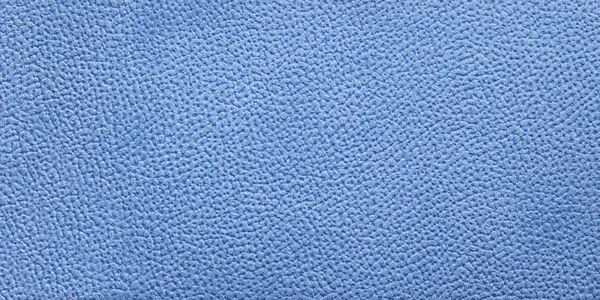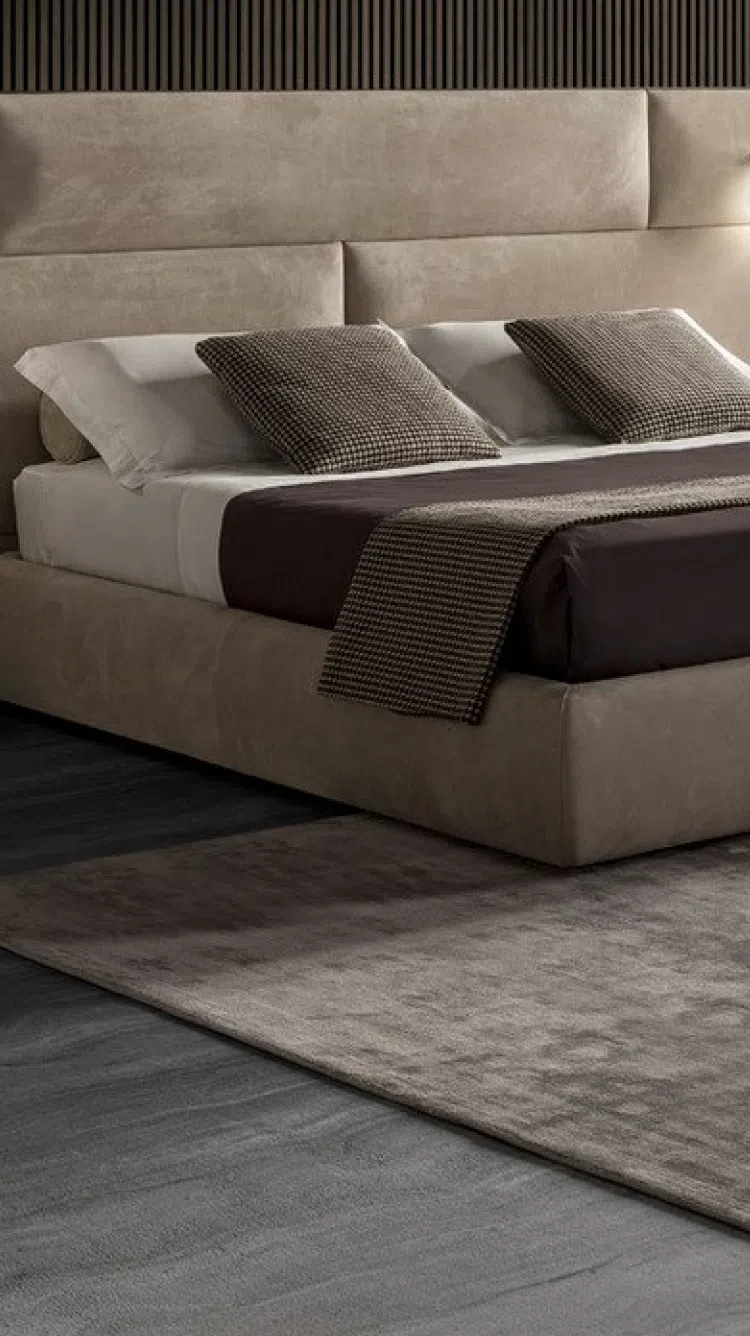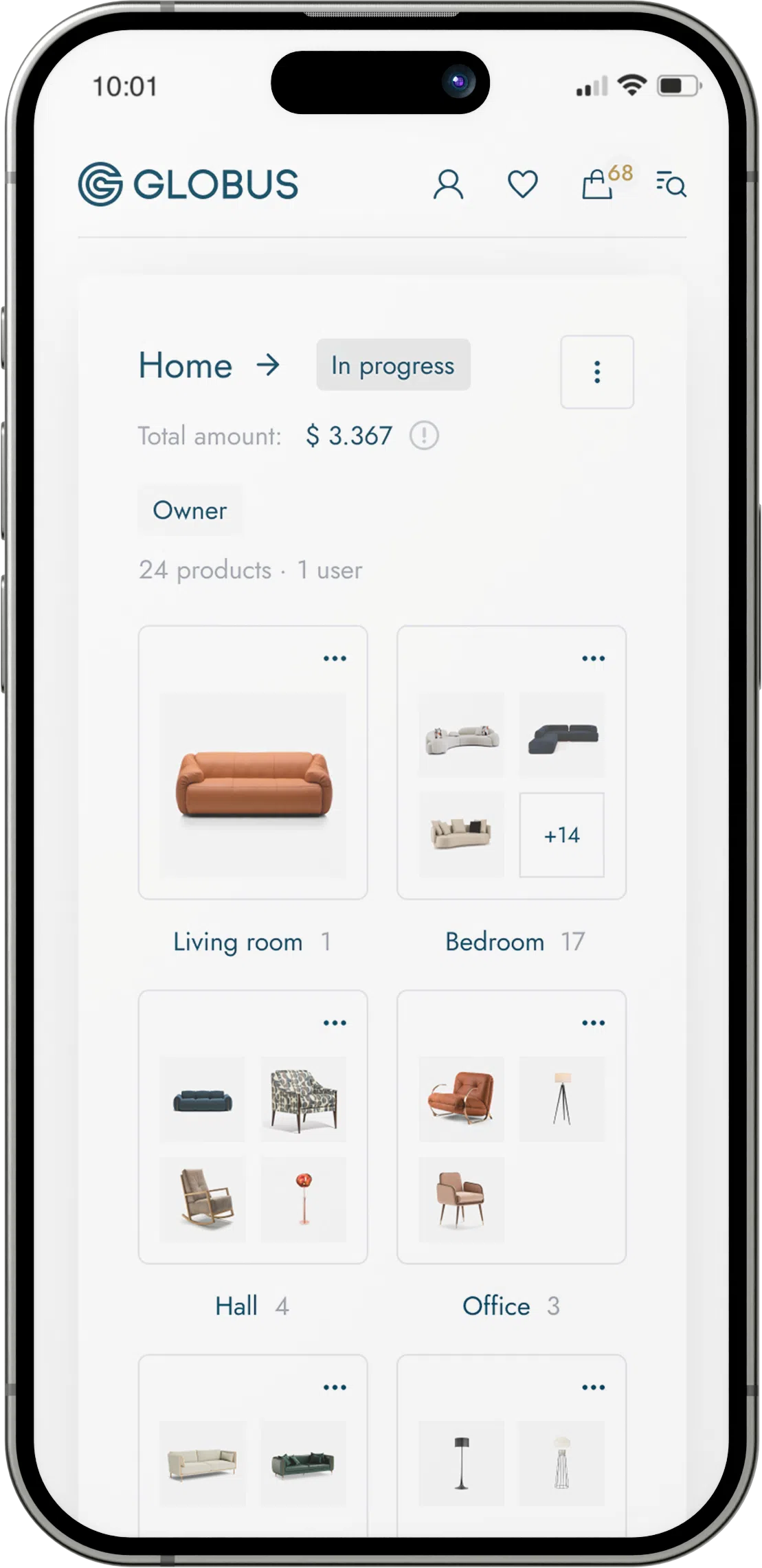
Bonded leather, also known as reconstituted leather or blended leather, is a material made from a mixture of shredded leather scraps and fibers, which are bonded together with polyurethane or latex onto a fiber or paper backing. The surface is then embossed with a leather-like texture or grain to give it the appearance of genuine leather.
Here are some key points that describe bonded leather:
Composition: Bonded leather typically contains only 10% to 20% actual leather, and the rest is made up of non-leather substances.
Manufacturing process: The production of bonded leather involves grinding up leather offcuts and scraps from the manufacturing of genuine leather products. These pieces are then mixed with bonding agents and other materials, and are spread onto a backing material. The mixture is dried and then treated to create the desired color and texture.
Durability: Bonded leather is less durable compared to full-grain or top-grain leather. It tends to peel or crack over time, especially when exposed to heat or direct sunlight, or if it undergoes heavy use. It typically does not age as well as genuine leather, which can develop a patina over time.
Maintenance: Care for bonded leather generally involves regular dusting and occasional wiping with a damp cloth. Harsh cleaners or conditioners meant for genuine leather might damage the surface of bonded leather.
Use: Bonded leather is commonly used in furniture upholstery, bookbinding, fashion accessories, and other items where the aesthetic appeal of leather is desired without the higher cost associated with genuine leather. It serves as a more affordable alternative.
Environmental impact: Opinions vary regarding the eco-friendliness of bonded leather. While it uses leather scraps that might otherwise be wasted, it also incorporates plastics and adhesives which can be less eco-friendly.
Cost: One of the main advantages of bonded leather is its lower cost in comparison to genuine leather, making it an accessible material for consumers looking for a leather-like look without the higher price tag.
Appearance: Bonded leather can be made to mimic the look of real leather quite closely, with a range of textures and colors. However, discerning consumers might notice the difference upon close inspection or after long-term wear.
When considering bonded leather for furniture or other products, it's important to weigh the cost savings against the potential for shorter lifespan and reduced durability. It can be a suitable choice when budget constraints come into play and when the look and feel of leather is preferred without the need for long-term durability.


